What really brings people into the office? This key question still takes up significant leadership attention.
The Ongoing Office Attendance Debate
On one extreme, we have the traditionalist view persisting that people don’t and won’t put in a full day’s work if they’re working from home. At the other, a laissez-faire attitude aims to empower employees to make their own decisions. The lived experience of high performers is in the middle. Success in achieving the current goal imposes constraints on how to best achieve it, a nurse in the emergency ward simply cannot suture a wound via Teams or Zoom.
Since the end of the pandemic, two questions continue to surface in conversations with our clients:
- How can we drive higher office presence?
- And depending on how successful we are, how much space will we need?
These have been questions we’re very well placed to answer – we ourselves have been working in a hybrid flexible mode since long before “hybrid working” was a term. And we have been advising other progressive businesses on navigating this journey since 2016.
Why Trust Is the Foundation of Flexible Work
The basic principle of activity-based working or any flexible working model is that trust must exist between employer and employee.
This trust can only be real if a business individual or team has a clear line of sight to their KPIs and deliverables, and an agreed time-stamped roadmap on how to get there. Finding this trust quickly and easily is not always straightforward, particularly if an employee is new to a business and just finding their feet.
So, where do we begin?
We start by eliminating chicken-and-egg arguments. The relationship between a team member and leadership is symbiotic. In today’s working world:
- Employers must give employees good reasons to come into the office
- Employees can lean into a sense of duty and good citizenship beyond short-term personal motivations
Seven Carrots
Motivations Grounded in Self-Interest
Here are seven motivations that relate to an employee’s own self-interest. Each business can amplify these in a way that aligns with its own values and culture:
-
Social connection - The workplace fosters a greater sense of belonging when people choose to interact face-to-face.
-
Professional development - Training, networking, mentoring, and learning by observation are more accessible in a shared environment.
-
Creative problem solving - Face-to-face interaction brings minds together to solve problems more effectively. Working from home can feel isolating.
-
A break from endless video conferences - Coming into the office can provide cognitive relief from a day filled with back-to-back virtual meetings.
-
Better resources and environment - Although the average home setup may outperform the average office, a well-designed workplace can reverse that, earning the commute through productivity.
-
Career visibility - Being physically present can boost recognition and relationship-building opportunities that support long-term career development.
-
Work-life separation - A clear boundary between work and home life can support better mental health and wellbeing.
Duty or Citizenship
Motivations Beyond the Individual
There are also plenty of workplace motivations that go beyond personal benefit:
- Being there for the team - Helping others learn, problem-solve, or contribute ideas.
- A sense of culture and belonging - In-person culture reinforces that we’re in it together—and gives purpose to our work.
- Client expectations and experience - Providing the best possible service often involves face-to-face interaction.
- Employer mandates - Sometimes, the clearest motivator is policy or obligation and that’s okay.
- Onboarding new colleagues - Helping new team members connect and build relationships early on.
By activating these motivations in a way that suits the business, in the context of clear outcome-based accountabilities, a business can find the right rhythm of in-person interaction sprung from a desire to achieve greatly, together.
Reframing the Return to Office Conversation
The question of what brings people into the office isn’t simply about applying pressure or offering perks. It’s about creating the right conditions where purpose, trust, and performance align.
Rather than relying solely on policies or incentives, organisations can foster meaningful office presence by activating the right mix of motivations. These include both personal drivers, like development and connection, and broader ones, like contribution and culture.
Ultimately, there’s no one-size-fits-all solution. But by understanding what matters to your people and linking that to clear business outcomes, you can shape a workplace experience that people want to be part of—not because they have to, but because they see the value in showing up.
This isn’t just about where work happens, it’s about how teams thrive.
A Note on Space, Collaboration, and the Allen Curve
Understanding why people come into the office is only part of the story. It connects directly with how much space you need and how to plan it. That’s where proximity, design, and collaboration meet, especially when applying research like the Allen Curve.
To see how these human motivations link to practical office planning, explore the Office Stay or Go Hub. You'll find practical tools and expert insight to help you define the right strategy for your people and your workplace.


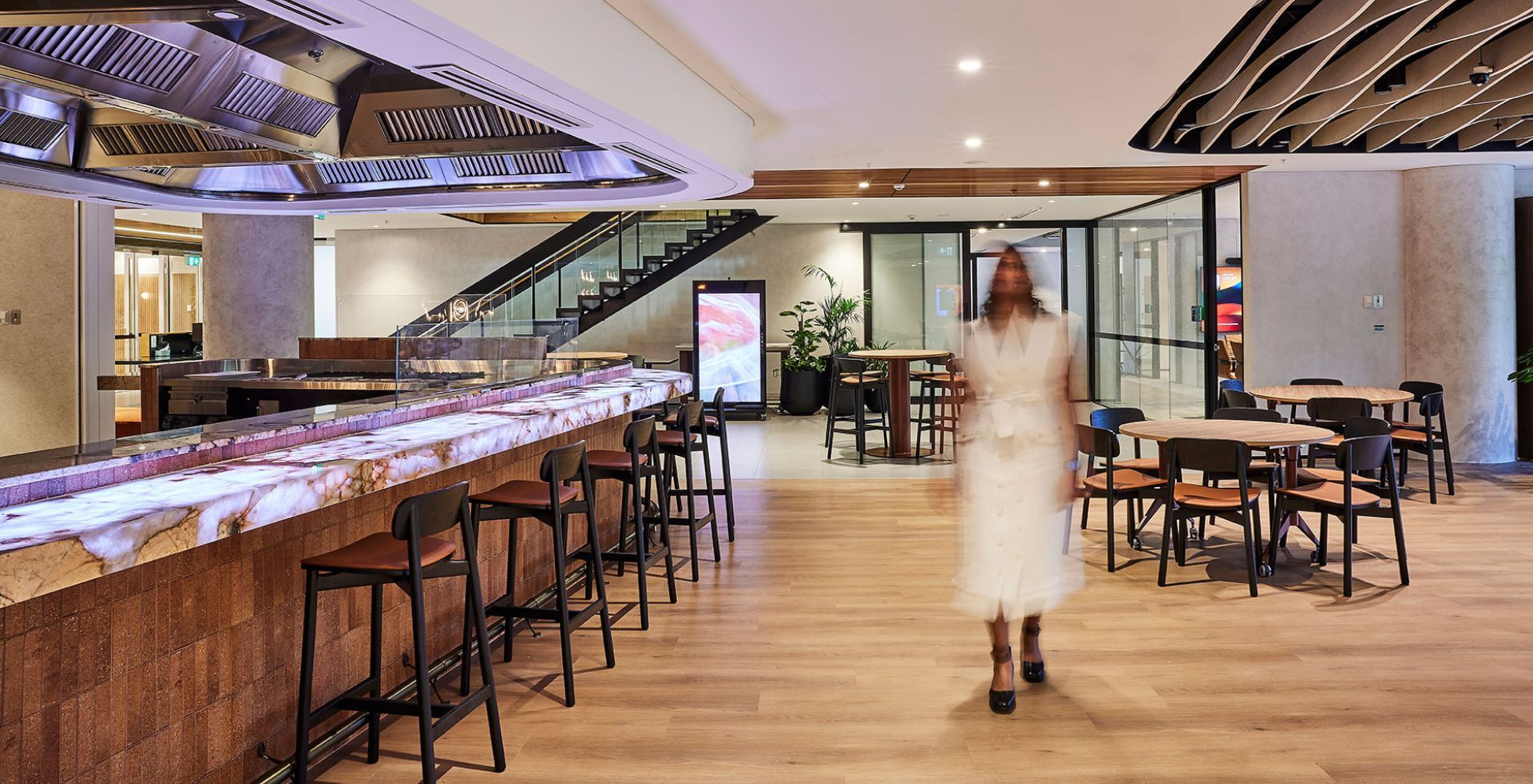
-2.jpg)
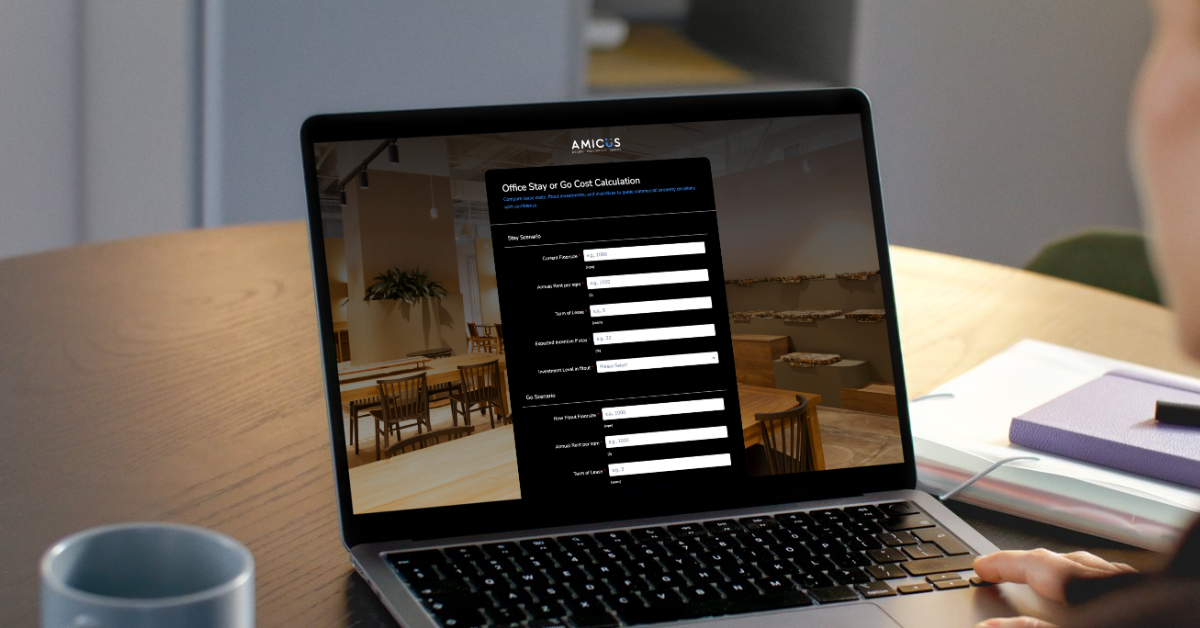
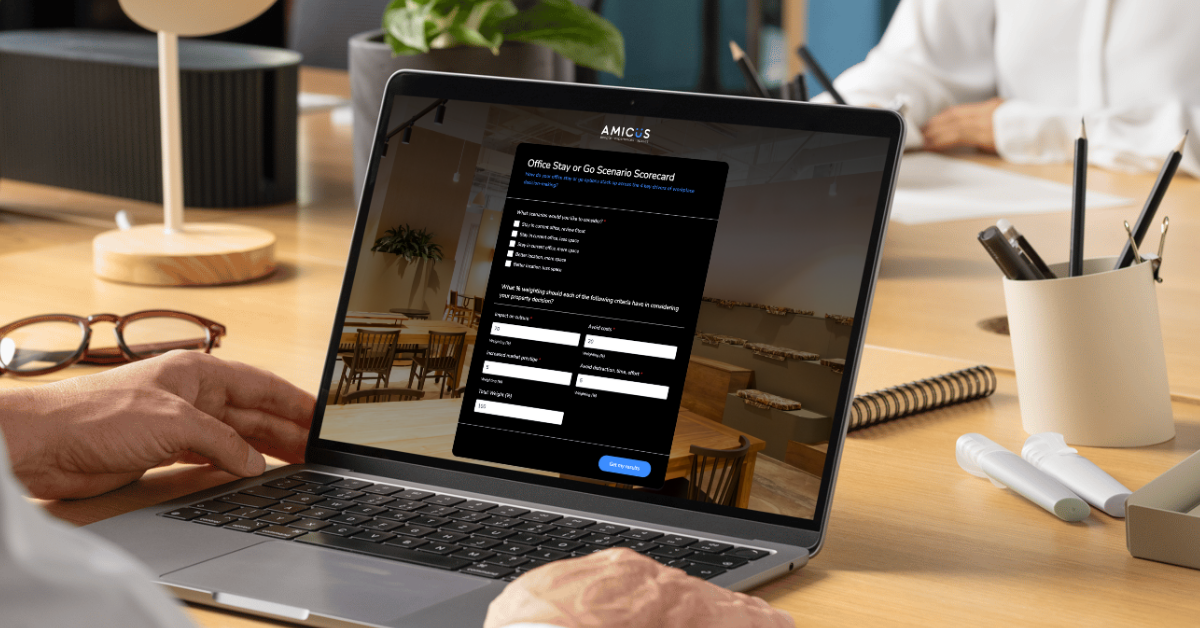
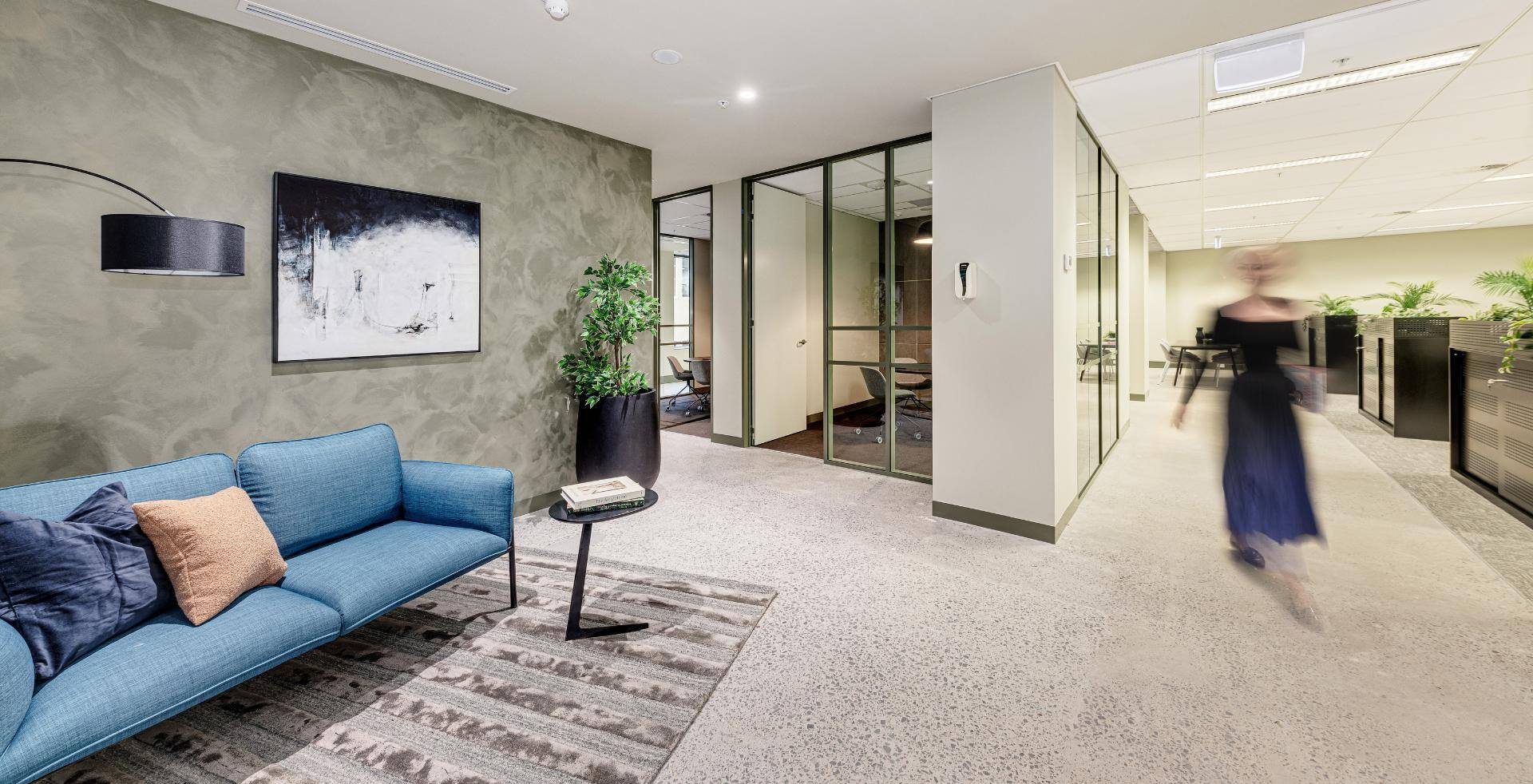
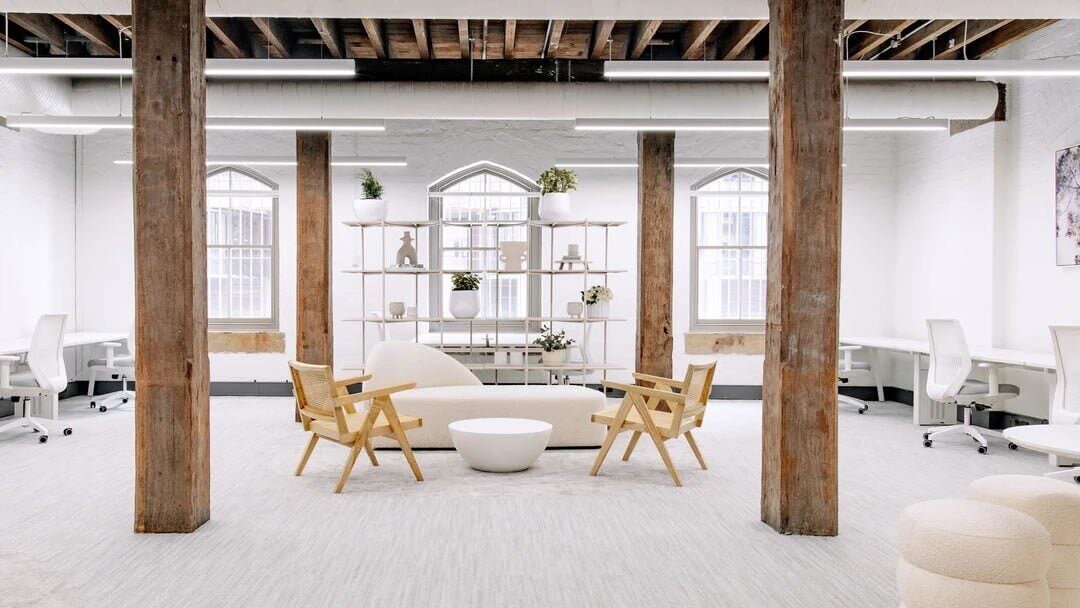
-2.png)
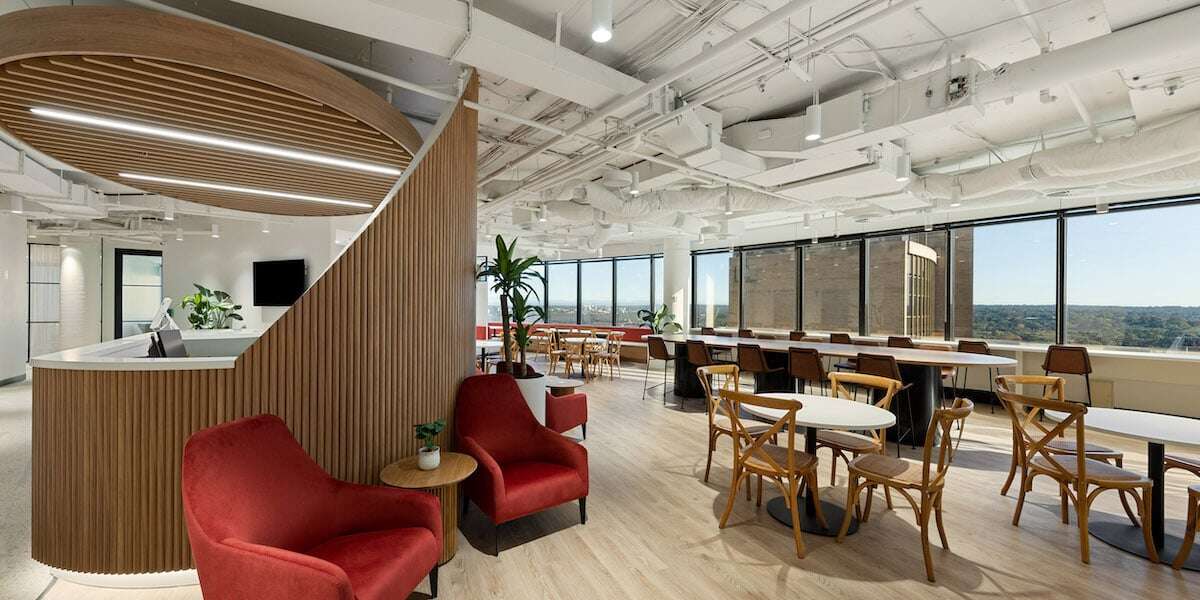
/Sectors/Office/contact-amicus.jpg)